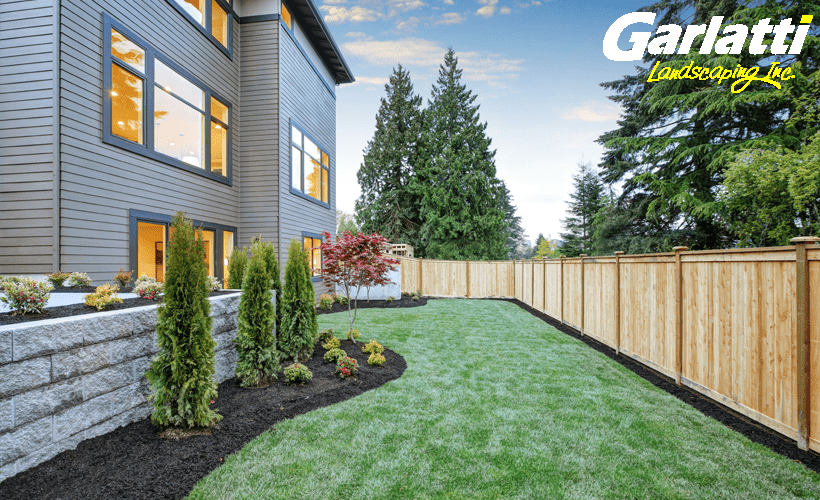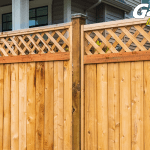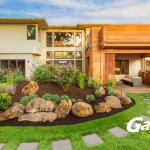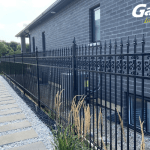Landscape design is the art of utilizing the available outdoor space of your home to enhance the overall curb appeal of your property. When done right, finding the perfect asymmetrical balance/symmetrical balance between different garden and hardscape elements in your yard can create an environment that can boost the market value of your house.
If you are looking for professional landscape designers to help you achieve different types of balance, consider calling Garlatti Landscaping in LaSalle Ontario. By applying the principles of design, these landscape architects have taken Windsor, Ontario Canada, by storm.
Key Principles of Landscape Design
When conducting landscape projects, basic principles state that you must aim for the right visual weight. This means the design must be pleasing to the eye while not too overwhelming in terms of colours and landscape features.
The principles of unity, repetition, order, and proportion can be used to create a good balance between design elements. At times, this means not emphasizing the dominant features or using colours to highlight other parts of the yard that would have otherwise not been very visible.
Hardscaping Vs. Softscaping – A Powerful Tool in Creating Sustainable Landscapes
The two most important elements of landscape design are the non-living and living elements. A professional landscape designer would refer to these as hardscaping and softscaping elements, respectively.
While the non-living elements, such as stone, are crucial to adding structure to the design, the living part brings life and colour to the yard. Without either of these two elements of design, the overall look would be incomplete.
When mixing these two elements, good landscape construction contractors may aim to achieve harmony rather than just balance.
The number of individual plants, for example, might be a lot more than non-living landscape elements, such as stone. However, if the visual impact does not overwhelm the hardscape elements, then harmony will be achieved, and the landscape layout will look great.
Landscape Designs Using Stone
A design element that has been becoming very popular when filling out three-dimensional space is the use of stone in an outdoor space.
The principles of landscape design require that the visual weight be balanced out by the use of softscaping materials, such as plant materials.
However, just as a lot of care is required when making plant selections, the types of stone used also have to be carefully selected. Common choices that are often used alongside different types of plants are:
- Cobblestones
- Flagstones
- Crushed granite gravel
- Lava rocks
- Pea gravel
- River rocks
Depending on the architectural style you are going for, you can use these stones in several ways alongside different kinds of vegetation, such as specimen plants or native plants.
Rather than simply having huge masses of plants in your vegetable garden, stone can be used to provide coarse textures as part of your modern landscape plans.
River rocks, pea gravel, and flagstones can also be used to design unique pathways and walkways across the outdoor environment. Other types of stones, such as Allan Block or flat boulders, can be used to demarcate property lines, build patios, or create retaining walls.
Landscape Designs Using Wood
Wood has a unique visual quality and minimal environmental impact that make it a favoured choice of material among residential landscape designers. It can also be used to create fences or garden tables for outdoor dining.
However, the downside of using wood as part of your landscape design elements is that, unlike hardscape materials such as stone, it requires a lot more work in terms of maintenance.
Having said that, wood is a great option if you are looking for something to provide a harmonious composition with your stone elements and add to the psychological comfort of your garden.
If you are thinking of ways to combine stone, wood, and your plant selections, there are various types of trees you can consider for your plant list, such as:
- Evergreen trees
- Japanese Maple
- Edible plants
- Deciduous trees
- Various specimen plants
However, in your search for an artful composition of plant species, be sure to avoid any that may be discouraged by the Invasive Plant Council.
Top Three Tips for a Harmonious Garden Design
Are you finding it difficult to get the balance right in your landscape plan? Creating harmony between different basic elements can be tricky, especially when dealing with budgetary constraints and the need to create sustainable landscapes.
Here are three simple tips to help you:
- Consider the seasons in your area. In countries such as Canada, where the winter can be harsh, some evergreen trees might be a good idea.
- Repetition of elements can create a beautiful and harmonious pattern. This can apply to both the plant size and the use of complementary colours.
- Strategically place important landscape elements around the outdoor space, making good use of horizontal lines and other shapes to create visual weight.
Garlatti Landscaping – Next-Level Landscape Design Ideas
If you are looking for a reliable landscaping company, Windsor has one right on its doorstep. Garlatti Landscaping provides a delicate balance of construction and art to create unique style themes that will look great in your outdoor space.

Experience a unique type of landscape design Windsor has never seen before. Visit the Garlatti Landscaping contact page for your Free Estimate.






Share This Article
Choose Your Platform: Facebook Twitter Google Plus Linkedin